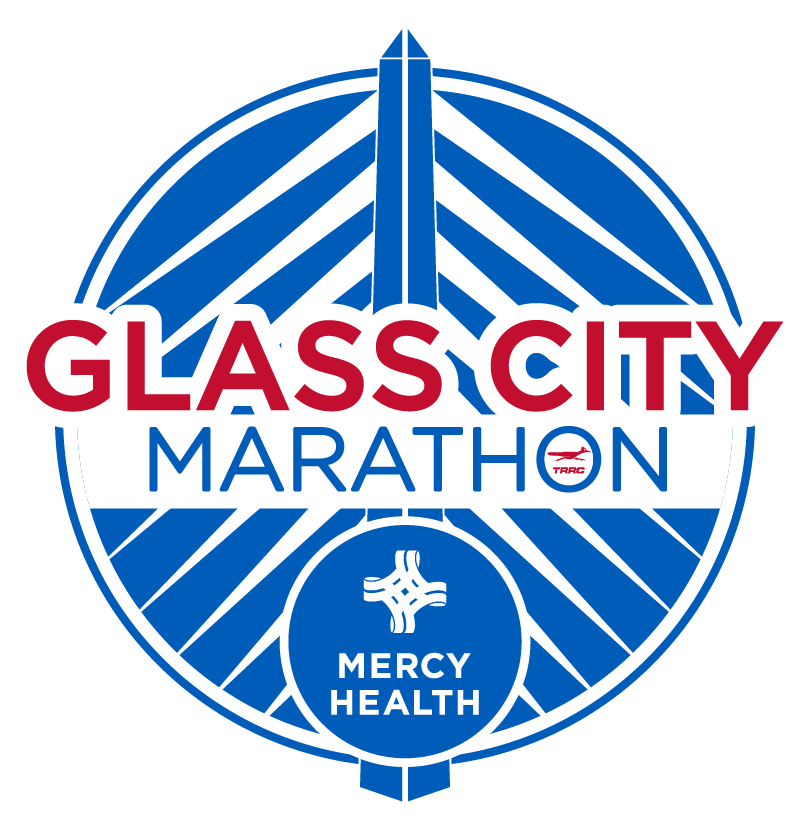Train Slow to Run Fast

Embarking on the journey of preparing for the Mercy Health Glass City Marathon involves more than just clocking in miles. While it might be tempting to chase after impressive stats on your running watch during training, there’s a crucial lesson to be learned – the art of training slow for a faster race.
To delve into the science behind this strategy, we turn to Sara Polatas, a seasoned physical therapist and running specialist at Mercy Health – Sunforest Outpatient Rehabilitation and Therapy.
Aerobic vs. Anaerobic Exercises
Understanding the fundamental difference between aerobic and anaerobic exercises is the key to unlocking the secret of training slow for a faster race, as highlighted by Sara.
“Aerobic exercises occur with oxygen, while anaerobic exercises happen without the presence of oxygen. Picture a ‘line’ or ‘ceiling’ where above it, we engage in anaerobic activities, often sprinting or running fast,” explains Sara.
In essence, sprinting demands a pace that surpasses the body’s oxygen supply, relying heavily on the anaerobic system. Sustaining this intensity for an extended period becomes challenging. Running at a slower pace allows the body to gradually build up its aerobic cardiovascular system. This is where the magic of slow, easy miles comes into play.
Embrace The 80/20 Rule
Delving into the strategy of running at a slower pace, Sara underscores the importance of embracing the 80/20 rule.
80% Easy, Conversational Running: This forms the backbone of the training regimen, allowing the body to gradually build up its aerobic cardiovascular system. Easy running should feel like you can carry on a full conversation with your training partners without struggling to catch your breath. Sara’s guideline for easy mileage is to maintain a pace approximately one minute slower than your marathon pace or 1.5-2 minutes slower than your tempo or threshold pace.
20% Faster Paces: Sara advocates allocating 20% of your weekly running time to faster paces. While incorporating speed workouts into your training can be beneficial, it’s crucial to strike a balance. Overdoing high-intensity sessions can lead to breakdowns in the body’s ability to recover, increasing the risk of injuries.
Sara explains, “Guage your pace using a 10-point scale where 0 represents no exertion at all, and 10 represents the maximum effort you can sustain. Using this scale, the exertion level for your easy, conversational runs should be in the range of 2-3. By keeping the exertion level low to moderate, you ensure that your body can handle the workload over the duration of the run, contributing to the overall endurance-building aspect of the training.”
It’s important to note that the ideal easy running pace may vary day by day. Factors such as hydration levels, weather conditions, and overall recovery play a pivotal role in determining what qualifies as an easy or conversational pace.
The Paradox: Training Slow to Run Fast
The key takeaway is prioritizing most of your training with slow, easy miles. By embracing the paradox of training slow to run fast, you’re not merely logging miles – you’re paving the way for marathon triumph.
If you’ve been training for the Mercy Health Glass City Marathon but have yet to sign up, there is still time to register.
Mercy Health’s orthopedic and sports medicine team of physicians and running medicine specialists are here to help! They are available to assist you during your training and proudly provide medical aid to runners on-site during marathon race weekend.
Explore the comprehensive orthopedic and sports medicine offered by Mercy Health, and stride confidently toward a healthier you.

